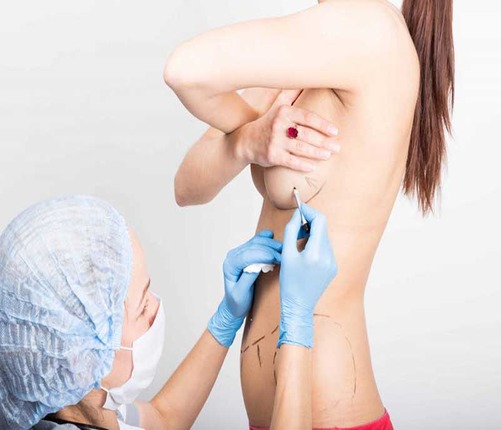Breast augmentation is a surgery that enhances breast size, shape, and symmetry using implants or fat transfer. It's popular for boosting confidence and achieving desired aesthetic goals.
- Operations
Real People, Real Results
Breast augmentation is a surgery that enhances breast size, shape, and symmetry using implants or fat transfer. It's popular for boosting confidence and achieving desired aesthetic goals.
Whether aiming for a more proportionate silhouette, restoring lost volume, or boosting self-confidence, breast augmentation addresses various aesthetic concerns and personal goals.
Breast augmentation is chosen for various reasons, primarily to enhance breast size, shape, or symmetry.
Many individuals opt for this procedure to address issues such as cosmetic enhancement, volume loss due to factors like weight loss or pregnancy, correcting asymmetry, improving self-confidence, and reconstructing breasts after mastectomy or other surgeries.
Ultimately, breast augmentation offers a way for individuals to achieve their desired breast appearance, address insecurity, and enhance their overall sense of well-being and self-image.

Half of women approximately wanted larger breasts than they currently had
Over 1.6 million procedures are performed annually worldwide
The procedure is included in the Top 5 most popular cosmetic procedures with women, and its popularity is increasing
Consultation involves discussing goals, medical history, and expectations with a plastic surgeon.
The surgeon then examines breast anatomy, skin quality, and overall health to determine suitability for surgery. Together, patient and surgeon plan implant type, size, and surgical approach.
Anesthesia, either general or intravenous sedation, ensures comfort during surgery. Incisions are made, typically under the breast, around the areola, or in the armpit, depending on the chosen technique.
Implants are then inserted behind the breast tissue or under the chest muscle according to the predetermined surgical plan. Finally, incisions are closed with sutures, and dressings are applied.
Patients are monitored in the recovery room as they wake from anesthesia. Most can return home the same day, accompanied by a responsible adult. Recovery involves following post-operative instructions, such as wearing a surgical bra, avoiding strenuous activities, and attending follow-up appointments.
Over several weeks, swelling and bruising subside, and incisions heal. Patients gradually see improved breast appearance as swelling resolves, revealing the final outcome of the surgery.
 Netherland
Netherland Germany
GermanyOne of the primary methods involves the use of implants, which come in silicone or saline types. Silicone implants, consisting of silicone gel encased in a silicone shell, are favored for their natural feel and appearance. In contrast, saline implants are filled with sterile saline solution after insertion into the breast.
The choice between these options depends on factors such as desired outcome, personal preference, and the advice of the plastic surgeon.
Implants can be placed either behind the breast tissue or partially or completely under the chest muscle, with the decision influenced by factors such as tissue thickness and desired aesthetic outcome.
;Fat transfer techniques involve harvesting fat from areas of the body with excess fat, such as the abdomen or thighs, through liposuction.
The harvested fat is then processed to remove impurities and excess fluids before being injected into the breasts to enhance volume and contour.
Fat transfer provides a more natural look and feel as it utilizes the patient's own tissue. However, it may have limitations in terms of the amount of volume increase achievable compared to implants, and multiple sessions may be required to achieve the desired outcome.
The duration of the procedure may differ for each individual, but generally;
1-2 hours
General Anesthesia
2-5 months
Improvement in breast size and shape
IMPLANTS

Frequently Asked Questions

Explore our informative articles and peruse our blogs for in-depth insights on topics that capture your interest.